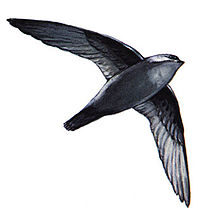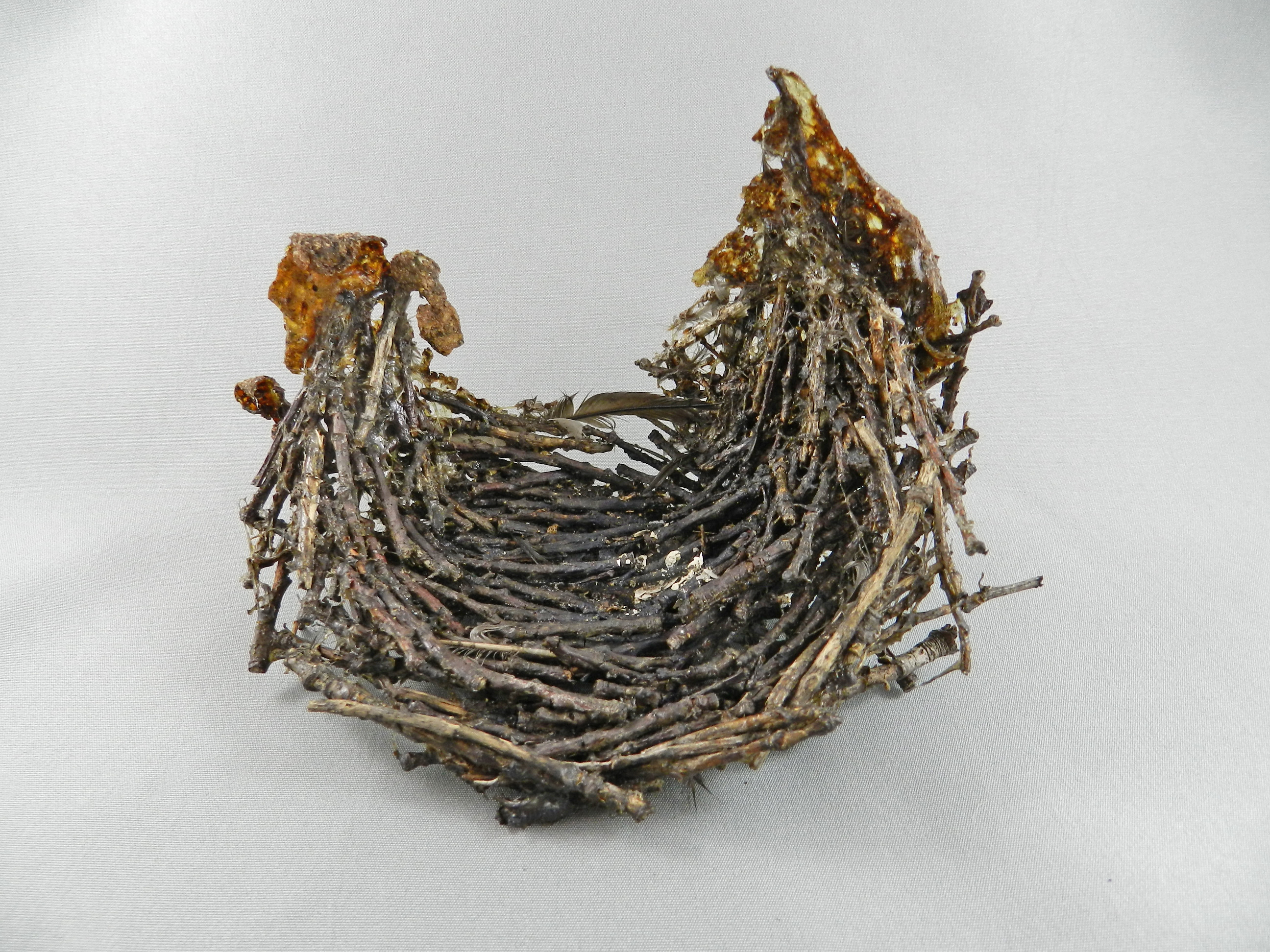 With the arrival of the solstice, comes the arrival of eggs being laid in nests. Chimney Swifts have been in high gear nest building lately, after a slow start to their breeding season. Here is a primer on what has been, and will be, happening inside all of those nest chimneys which you have been monitoring this year.
With the arrival of the solstice, comes the arrival of eggs being laid in nests. Chimney Swifts have been in high gear nest building lately, after a slow start to their breeding season. Here is a primer on what has been, and will be, happening inside all of those nest chimneys which you have been monitoring this year.
Renowned Chimney Swift experts, Paul and Georgean Kyle, have published the bible “Chimney Swifts – America’s Mysterious Birds above the Fireplace” (2005; http://www.tamupress.com/product/Chimney-Swifts,1868.aspx). By using video cameras in artificial nest towers located in Texas, the Kyle’s have been able to witness the usually hidden activity which goes on below the chimney rim. Much of the following is based on the Kyle’s work. However, the made-in-Manitoba details come from St Adolphe, where monitoring data have been collected from five nest sites since 2007 (see the Stewart & Stewart primary publication links on our MCSI website: http://www.mbchimneyswift.ca/resources.html).
In Manitoba, dead twigs from deciduous tree and ornamental shrub species, such as Manitoba Maple, Green Ash, and Japanese Maple, are used commonly for constructing nests. Chimney Swifts telegraph their collection missions with repetitive flights toward dead branches which have small diameter twigs at the ends. The swifts may be seen “hovering” at branch ends or you may notice branches bouncing after a swift has flown closely by. Swifts use their feet to break off a twig, then transfer the twig to their beak before flying into a nearby nest site.
Using sticky saliva, which is produced in abundance from the salivary glands at this time of year, Chimney Swifts fasten the twigs onto the rough, vertical surface of their nest site. Approximately 265 twigs form the cup-shaped nest which could sit easily in the palm of your hand; there is no fire hazard. The nest is well below the chimney rim to protect the future nestlings from sun, gain maximum protection from rain, and take advantage of the thermal benefits of being enclosed by a building.
How long does it take to make a nest? You will read general comments in species accounts; Cink and Collins, who authored the Chimney Swift chapter in The Birds of North America (published in 2002), say that it takes 18 days, on average, to build a nest but it can take up to 30 days to complete. The Kyle’s found breeding pairs bring in 8-12 twigs to the nest site daily. Simple math suggests that 22-33 days would be required to finish making a 265 twig nest. It is not quite that simple.
Nest building occurs in two stages – the “startup” phase and the “finishing” phase. After spring arrival at their nest site, both adults bring in twigs and start the sticky, construction process. Approximately 7 days later, the newly created nest ledge can accommodate an egg. The time it takes to achieve this milestone depends on whether the pair brings in fewer or greater numbers of twigs each day. Once the ledge is made, the female will produce an egg, every other day, until a clutch of 2-7 eggs has been laid. Amazingly, the breeding pair continues to build their nest around the eggs. This finishing phase is precarious and the accidental loss of eggs, which have been inadvertently nudged over the edge, does happen! Twig placement also continues through the next stage of nesting, the incubation of the eggs. Incubation begins with the second last egg laid and continues for 18-21 days.
So, you get the idea that there is variation in the total length of nest building as it is intimately linked to the onset of egg laying, final clutch size, and the duration of incubation. However, one thing is certain. Once the eggs hatch, all nest building stops and the task of feeding the juveniles becomes the top priority.
Back to St Adolphe this spring…no breeding pairs had started incubating eggs by June 18th. However, on the morning of June 20, the Church pair were at the incubation stage. How do I know? As there are no video cameras inside the five nest sites, I have to let the swift’s behaviour “tell me” what they are doing…
Daytime monitoring data helps decode the Chimney Swift activity inside the nest site. The frequency, and sequence, of entries and exits can identify the various stages of nesting (Stewart and Stewart, 2010).
During nest building, the breeding pair may be out of the chimney together or they may be inside together. You could see 2 consecutive entries or 2 consecutive exits. Sometimes, just one adult is in the chimney. You may see a closely flying pair approach the chimney – 1 swift will drop in while it’s partner flies off; after a time lag, a single exit will ensue. The duration spent inside the chimney by an individual can vary between 1 and 70 minutes, while the between-visit intervals can range from 1 to 50 minutes.
The activity at a nest site slows down during incubation and is more predictable. Incubation is a shared duty too and one adult usually is in the chimney covering the eggs. However, eggs may be unattended briefly during the day or as both adults make final feeding excursions just before roosting for the night. Admittedly, it is a deadly boring stage of nesting to monitor! Typically, partners will exchange their places on the eggs once per hour. That means a whole lot of rim-staring to see a quick, silent entry and an equally silent exit made within a couple of minutes.
Now is the time to start watching for the shift between nest building behaviour to incubation exchanges by partners. Progress reports of the St Adolphe flock will help guide the interpretation of activity at your nest sites. Stay tuned for updates!
Many thanks to Dave Lavigne (http://www.flickr.com/photos/dlavignephotography) for providing the stunning photos of Goderich, ON, Chimney Swifts and to Rob Stewart, who photographed the 2015 Brodeur Bros. nest.
CHIMNEY SWIFTS HOVERING NEAR DEAD BRANCHES – “I noticed a few birds flying into a tree…Sometimes they would hover, in typical swift style (meaning, they hovered for about 5 microseconds!). As you can see, the top of this tree is dead, and I wondered if they were looking for twigs? Didn’t see any actually take one..)”

CHIMNEY SWIFT CARRYING TWIG IN BEAK

CHIMNEY SWIFT NEST

Barb Stewart
St. Adolphe Monitor & MCSI Steering Committee Initiative Member
